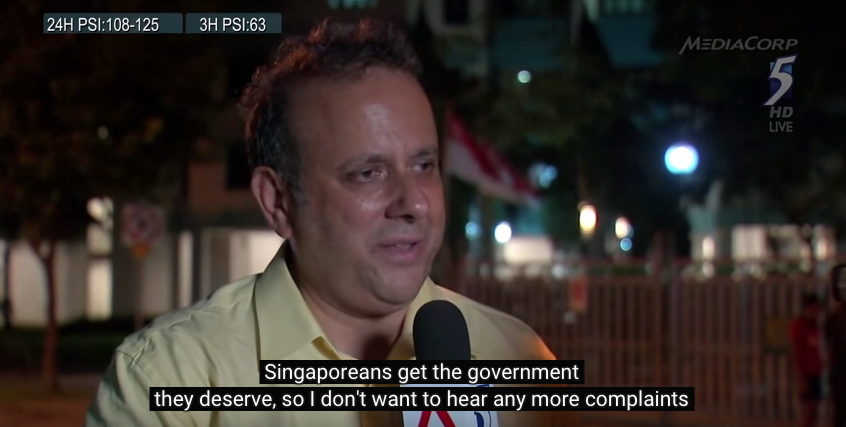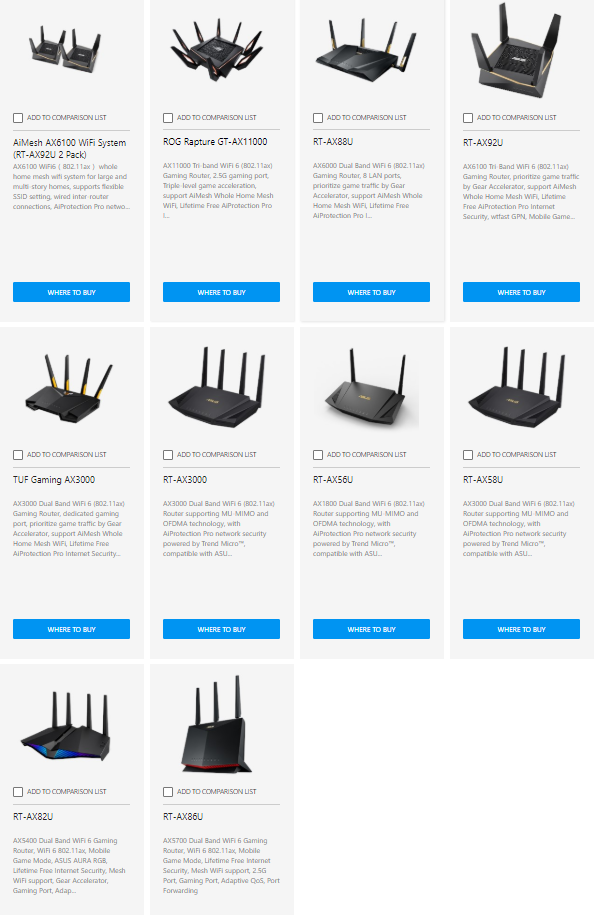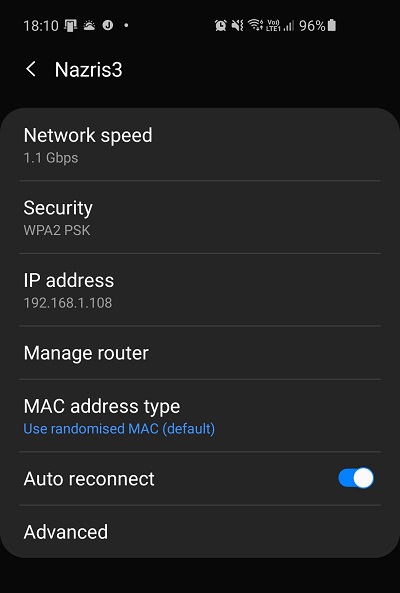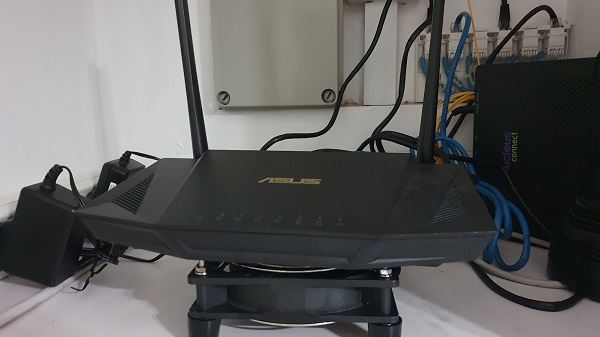As expected by anyone and everyone, the PAP returned to power by winning a majority for the 14th straight general elections. Not just a majority, but a supermajority, where they control two thirds of the MP seats, and can unilaterally change the constitution. What would be unheard of in a liberal democracy is just par for the course here.
What was surprising for this election was the loss of another GRC to the WP, as well as a big swing in the votes that went for the opposition parties. 61.2% of all votes went to the PAP, which was a big fall from the 69.9% vote share in GE2015. The gamble of having an election during a pandemic – and the belief that voters would run back to the safety of the PAP – backfired on the PAP. This ended up being the 2nd worst elections results for the PAP in history.
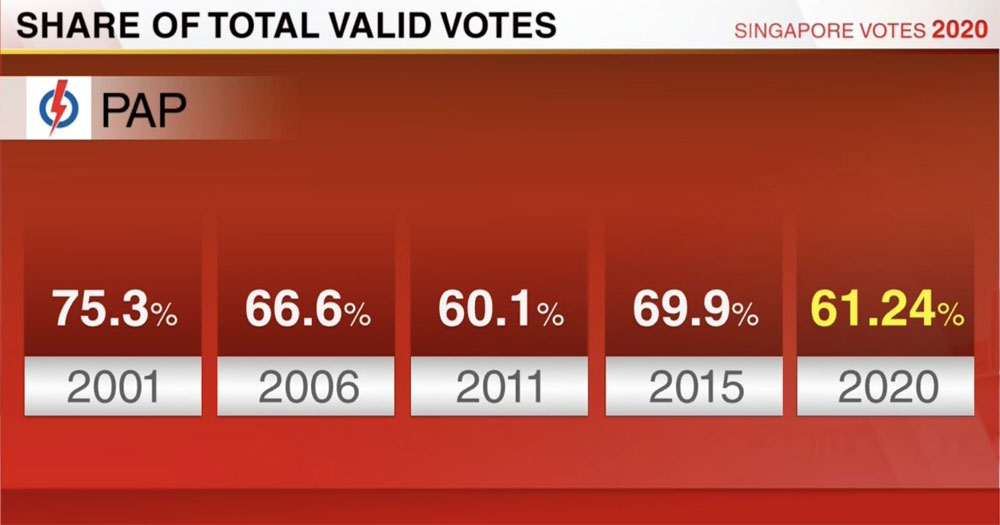
Instead, we saw that younger demographic of voters in Sengkang GRC opt for a slate of first time MPs, while kicking out 3 PAP ministers. This was one of 3 hotly contested GRCs, along with East Coast and West Coast GRCs being contested by WP and PSP respectively. All eyes were on the results of these constituencies, as the opposition slate included the likes of former PAP MP Tan Cheng Bock and Nicole Seah.
Alas, only Sengkang fell into opposition hands, while PSP lost West Coast by the slimmest of margins (48.31%) and WP missed out on East Coast with 46.59% of the votes. WP ended up with 2 GRCs and 1 SMC, for a total of 10 MPs elected into parliament. Overall, PAP will form the next government with 83 of the 93 seats taken by their members.
So why did Sengkang decide to opt for the untried, untested team from WP? These are a few reasons I can think of:
- The Jamus Lim effect, where his phenomenal performance at the televised debate endeared him to the public
- The profile of the WP candidates, who were all parents of young children, and who were themselves a mirror for the predominant age group in Sengkang (25 – 45)
- The Raeesha Khan kerfuffle – where voters were galvanized by the gutter politics employed by the PAP, and decided to teach them a lesson
- The WP candidates understanding the local needs i.e. lack of childcare facilities and good quality eateries

As a voter in Sengkang, I’m over the moon that the MPs who will be representing me in parliament also share my belief in fairness and equality. I look forward to seeing how they perform over the next 5 years, and doing my part to help them make this corner of Singapore my little slice of paradise. Majulah Singapura!
